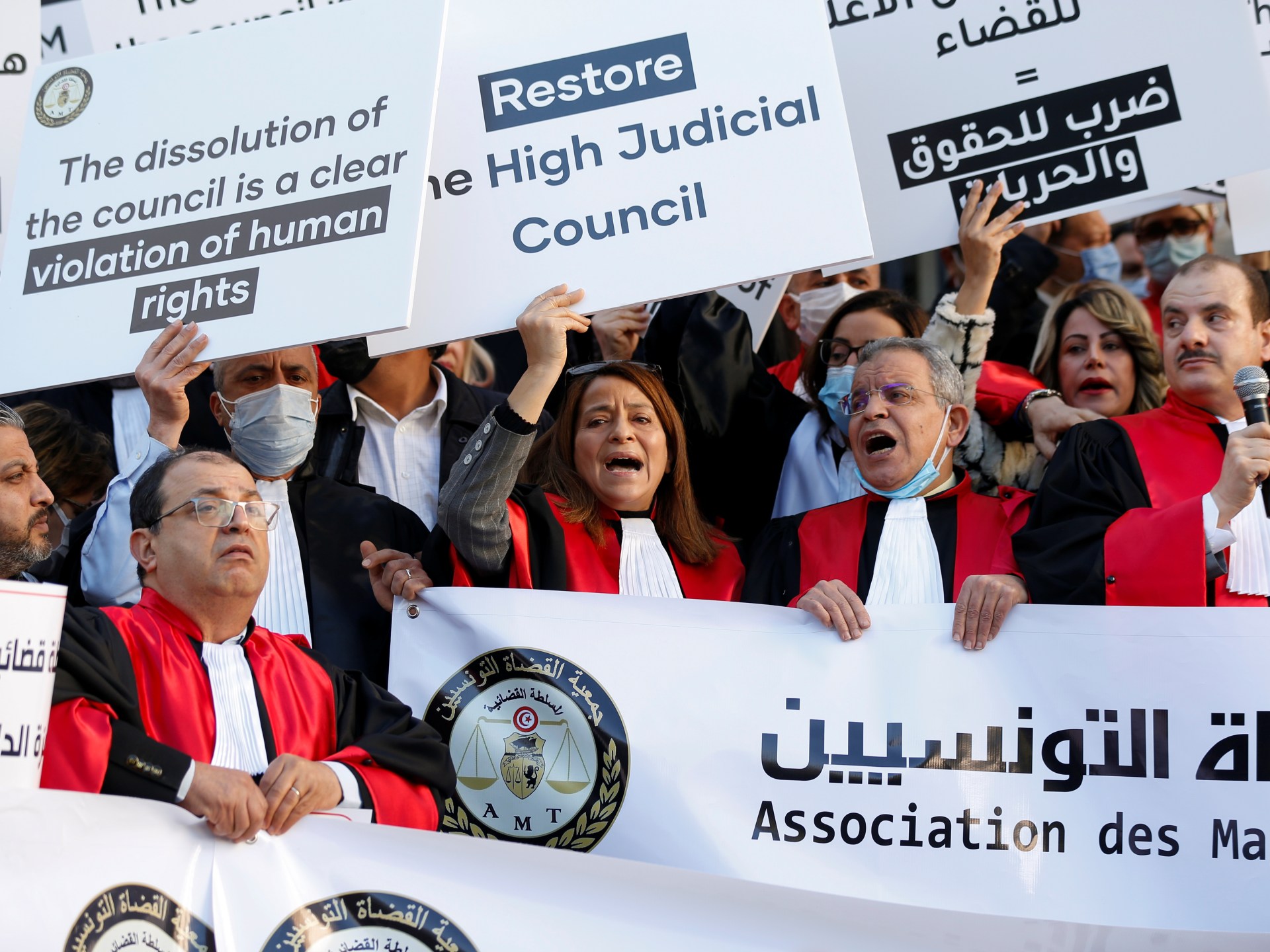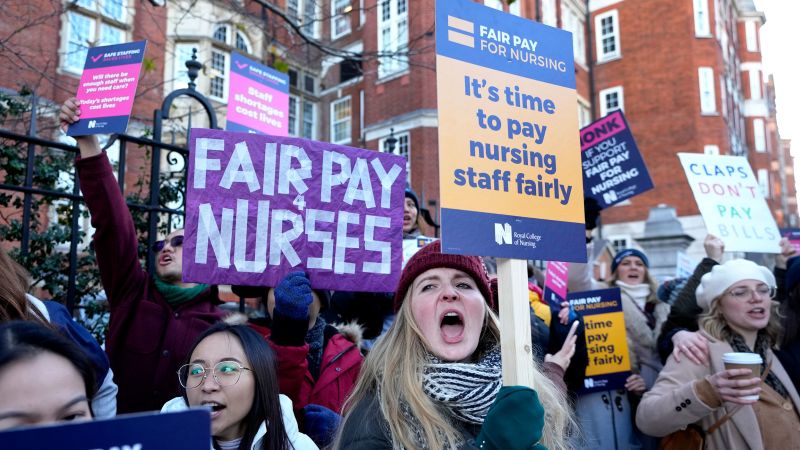How aid organizations are responding to the crisis in Ukraine — inside the country, at the border and beyond
“It looks like I’m going to Germany,” one of the war refugees told Skopec as she laughed hysterically. “How ridiculous is that?”
Then, the next moment, the woman was weeping, Skopec recalled. Her husband and two sons were still far inside Ukraine, where humanitarian needs were burgeoning amid Russia’s bombardment. Here she was, at the first meager waypoint on her migrant journey. And if she took this ride, she’d be headed into the unknown, unsure where she’d even sleep.
“And she got on the bus,” Skopec, executive vice president of global health for Project HOPE, told CNN. “That’s everyone’s story.”
More than 3 million people have fled Ukraine since the invasion began more than three weeks ago, according to the International Organization for Migration, or IOM, and legions more flee to the border every day. Meantime, many more of Ukraine’s 45 million residents remain in a country where active conflict has cut off access to basic supplies like medicine.
Aid groups are working now to address the massive humanitarian crisis — inside Ukraine, along the country’s borders and in places of refuge far beyond. At each stage, Ukrainians face distinct needs, aid officials have found, and delivering proper resources at each one is no easy task.
Inside Ukraine, everything is needed
The need for medical supplies inside Ukraine is so great that Skopec stopped compiling lists. Every hospital is saying the same thing, he told CNN: “We’re running out of everything.”
“Of course, we can talk a lot about the life we saved there, but this is a country of 45 million,” he said. “So, we won’t and can’t stop with the idea of just helping one person.”
Resupplying health care facilities — and the doctors, nurses and support staff now doing their jobs in a war zone — is the principal focus of Project HOPE’s efforts inside Ukraine, said Skopec. The 64-year-old organization’s mission is supporting health care workers around the world.
Another aid group, Americares, has sent 3 tons of critical medicine and medical supplies to Ukraine, its vice president of emergency programs, Kate Dischino, said in an email. And it’s working on getting more.
“We are getting requests from health care facilities in Ukraine running low, or stocked out of, the most essential supplies,” she said.
“Beyond the direct causes of conflict … you have all of the emergency needs that every population on the earth has,” Alex Wade, a Doctors Without Borders emergency coordinator told CNN on Monday. “You have people who need access to insulin, people who need access to dialysis. You have pregnant women who need access to safe deliveries and, who could have complicated pregnancies, need access to surgical services. You have people with serious mental health conditions that need access to mental health services.
“These are all conditions where, if access is interrupted, the condition can deteriorate … leading to serious complications or death,” Wade said.
Still, the nature of the conflict means there are large swathes of Ukraine where it’s extremely difficult — or impossible — to deliver humanitarian aid.
At borders, safe passage is planned for the weary
Ukrainians escaping active conflict flee to the nation’s borders, where their needs are distinct from those inside the war zone — but just as pressing. Many tell similar stories: They left their homes on short notice, grabbing what they could and embarking on dayslong journeys. Some ran out of fuel or found it heavily rationed. At the border, they faced lengthy waits to cross.
“They’re coming across exhausted, scared, angry,” Skopec said.
Some have medical problems that must be addressed immediately: exhaustion, dehydration or gastrointestinal problems. Project HOPE buys and distributes medical supplies to clinics and temporary shelters that receive refugees, Skopec said. It also provides hygiene kits to support public health — and refugees’ dignity.
Aid workers at border crossings register refugees so assistance can be better targeted to their needs — a challenge in itself. CARE International is among aid partners working within existing civil infrastructure to register refugees, particularly those with extra vulnerabilities, and share it with other vetted organizations, like resettlement agencies.
“In the chaos of mass displacement,” it’s difficult to register everyone, CARE’s humanitarian communications coordinator, Lucy Beck, told CNN from Isaccea, Romania, along the Danube River at the Ukraine border. “So the aim is really to put in place systems and registration to catch as many people as possible.”
Part of CARE’s mandate is protecting women and girls from gender-based violence, like rape or trafficking — a risk as they move from one country to the next, Beck said. For example, many people have offered transportation to refugees, and while that’s generous, it could also open refugees up to trafficking.
“There may be predatory people who will be taking some of these women and girls away,” UN Under-Secretary-General for Humanitarian Affairs Martin Griffiths told CNN. “That’s an added, indecent part of this terrible conflict.”
In Sighet, another Romanian border city, anyone offering refugees transport must register with aid workers so they — like the refugees they’re ferrying — can be kept track of, Beck said. Meantime, vulnerable people, like unaccompanied children, are given specialized transportation services, she said.
Volunteers and translators doing this work interact with a huge volume of people, Beck said. Needed, too, are counselors and social experts who can support those in distress or confused to keep them away from potentially dangerous situations.
Border crossings are also filled with tearful goodbyes, and it’s not just men. Beck met a 22-year-old woman who dropped off her 84-year-old grandparent at the border — and then went back, she recalled.
“She was absolutely turning around straightaway to go back and volunteer,” Beck said. “Should it come that she (is) needed to fight, she was willing to do whatever it took, I guess, to stay and help the people in Ukraine rather than choosing to leave and go somewhere safe.”
Far from home, entire lives must be reset
Refugees are not just working to overcome short-term challenges — they’re faced with medium- and long-term needs, as well. And the shock of leaving their homes on such short notice could reverberate for years.
Warsaw alone had welcomed 300,000 people in the two weeks that ended Tuesday, Mayor Rafal Trzaskowski said. The city, he said, will help refugees, “but we are slowly becoming overwhelmed, and that’s why we make a plea for help.”
“If you think about all the things that you do as a normal person in your hometown, all of those things need to be … recreated for people in another country,” Beck said. Adults need to jobs and language skills to help to find employment; children need school.
Refugees also need continued medical care, and the mass displacement has prompted a disruption in care for chronic diseases like HIV and tuberculosis, Doctors without Borders’ emergency program manager, Kate White, told CNN. Medications for these conditions might be available for free or cheaply in Ukraine but are more expensive in other countries, she said.
“There is going to be a significant burden, either on the individual or on the government that welcome this population to ensure that they can have continuity of care,” White said.
Already, for instance, 16 Ukrainian patients whose treatment was interrupted by the invasion are getting care in Italy, the country’s Civil Protection Department said Monday. Among them are nine pediatric patients in the Lazio, Emilia-Romagna and Lombardy regions.
And Krakow Children’s Hospital, which has had a decadeslong partnership with Project HOPE, is moving to open a separate ward for Ukrainian children, with Project HOPE contributing supplies and pharmaceuticals and installing equipment, Skopec said.
With cash, organizations like CARE “can look at that short-, medium- and long-term assistance,” Beck said, “and working with all the other NGOs and UN, identify the gaps in those different areas and sectors, so that we can work together to make sure everything’s covered across different needs.”
CNN’s Theresa Waldrop contributed to this report.




